RevBob
gamer level 7
17559 xp
17559 xp
followers
36
36
Use my invite URL to register (this will give me kudos)
https://boardgaming.com/register/?invited_by=revbob
profile badges




recent achievements

Junior Reporter
Earn Reporter XP to level up by completing Reporter Quests!
Earn Reporter XP to level up by completing Reporter Quests!

I Play This One a LOT
Play a specific game 20 times.
Play a specific game 20 times.

Time Well Spent - News
Click on the hourglass 100 times that appears when you are browsing News pages. learn more >
Click on the hourglass 100 times that appears when you are browsing News pages. learn more >

Rosetta Stone
Explore select games by completing a series of exploration actions. learn more »
Explore select games by completing a series of exploration actions. learn more »
Player Stats
Critic (lvl 3)
1385 xp
1385 xp
Explorer (lvl 5)
3898 xp
3898 xp
Professor (lvl 2)
411 xp
411 xp
Reporter (lvl 3)
764 xp
764 xp
About Me
I run a gaming group NW of Denver.
I try to vary the style and feel of the games in my collection, though I am a little short on abstract or miniature games.
I am producing a video channel including boardgame tutorials, brewery tours, events/cons and other geek stuff, called Distract-O-Vision.
Games my group owns that I play (not in my collection):
Cards Against Humanity, Doom, Forbidden Desert, King of Tokyo, Level 7:Omega Protocol, Love Letter, Set, Sentinels of the Multiverse, Small World, Tsuro, Zombie Dice, Galaxy Trucker, Fortune and Glory, Smash Up, Last Night on Earth, Portal, TIME Stories, Gloom,

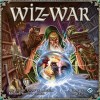





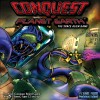


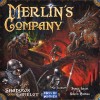
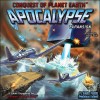




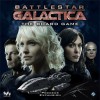
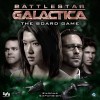
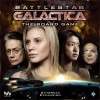
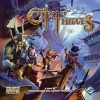


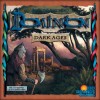
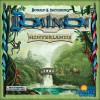

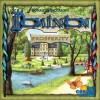


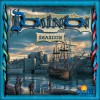

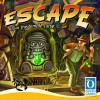
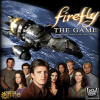
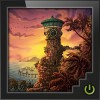
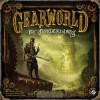

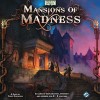
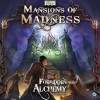
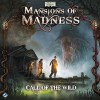

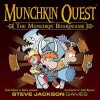

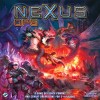
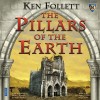


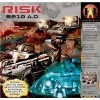







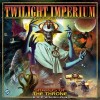
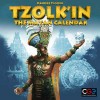


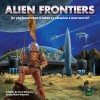


















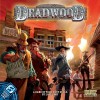



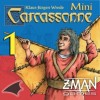
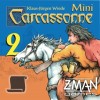

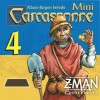
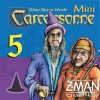
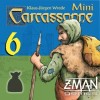
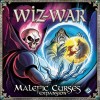
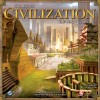
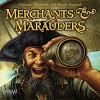
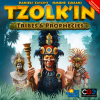

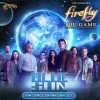


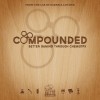
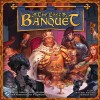





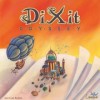



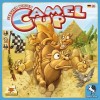
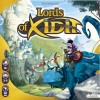
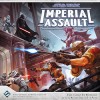

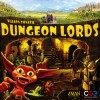


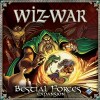








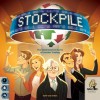
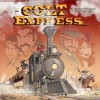


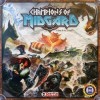






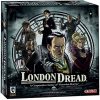

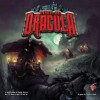



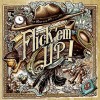

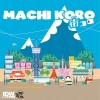
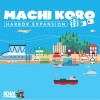


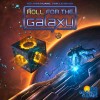
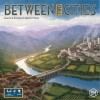
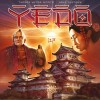



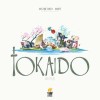

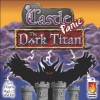











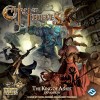
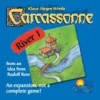



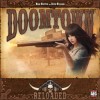
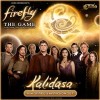


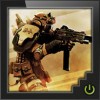
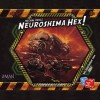











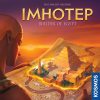

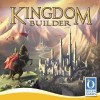






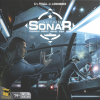
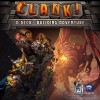


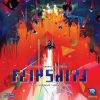



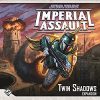


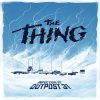

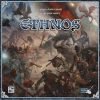
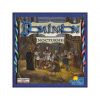
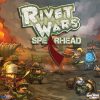

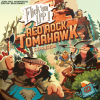
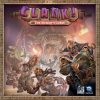

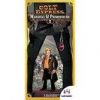







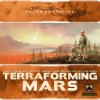

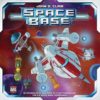



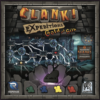




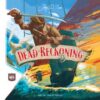


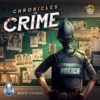



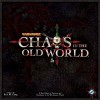

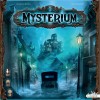










![Go to the Level 7 [Omega Protocol] page Go to the Level 7 [Omega Protocol] page](https://boardgaming.com/wp-content/uploads/2013/06/LEVEL-7-Omega-Protocol--100x100.jpg)






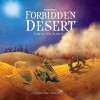
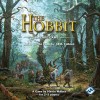


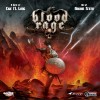







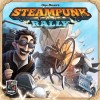





Ca$h 'n Guns (Second Edition)
This is a group favorite, one that hits the table whenever that player count is 6-8 and we are looking for lighter fare.
The game has some deduction and strategy, but is light enough for casual players and n00bs, or gamers with a few drinks in them.
Players assume the roles of criminals after a heist, each with a special ability, a gun, and a limited number of bullets.
Over the course of 8 rounds each player tries to bluff or kill off the others in order to get the most of the ill gotten gains. One assumes the role of the Boss controlling the flow of play, but the title can be taken.
Loot is set out on the table, players choose a Bang or Click card then draw on each other – choosing a single target. Each player facing down the barrel of a gun has a choice:
A) Duck out, not risk getting shot but not getting any loot
B) Stay in, hoping their opponents are bluffing
Then cards are revealed, resolving the shoot out for the remaining members:
Click – gun doesn’t go off, player remains
Bang – player is shot, takes a wound and is eliminated from the loot round. The third wound eliminates them from the game.
Remaining players take turns choose from the loot: different cash amounts, art, jewels, and even means to get more bullets or remove wounds. Art and Jewels have different bonuses for quantities.
After everything has been looted, surviving players try again.
Game play is fast and fun. Though it says 4-8, it is better as a 6-8 game. Components are excellent. The orange tipped guns, and cartoon artwork offset the darker realization that this is about murder and greed – but it is not really a kids toy.
We often play 2-3 games back to back as they are pretty fast once you know the rules.